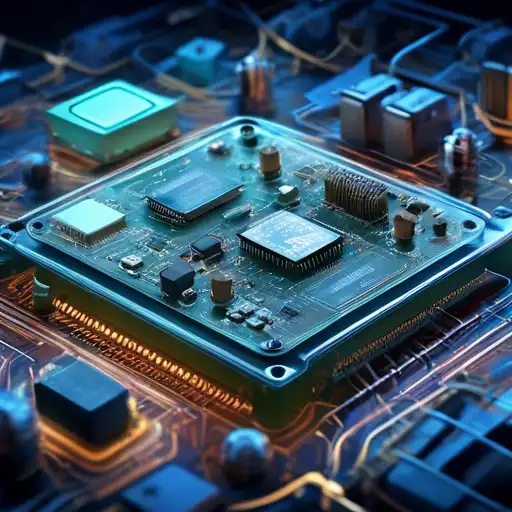The Hidden Heroes: How Embedded Systems Power Our Smart Devices
In the digital age, smart devices have become ubiquitous, seamlessly integrating into our daily lives. From smartphones to smart refrigerators, these devices rely on a critical component that often goes unnoticed: embedded systems. These specialized computing systems are the brains behind the operation, enabling devices to perform dedicated functions with efficiency and reliability.
Understanding Embedded Systems
Embedded systems are computer systems designed to perform specific tasks within larger mechanical or electrical systems. Unlike general-purpose computers, which can run a wide variety of applications, embedded systems are optimized for their particular tasks, often with real-time computing constraints.
The Role of Embedded Systems in Smart Devices
Smart devices, part of the broader Internet of Things (IoT) ecosystem, depend on embedded systems for their functionality. These systems process inputs from the device's sensors, execute programmed instructions, and control outputs to interact with the user or other devices. For example, in a smart thermostat, the embedded system reads temperature data, compares it with the user's settings, and adjusts the heating or cooling accordingly.
Key Features of Embedded Systems
- Real-time operation: Many embedded systems are designed to respond to inputs in real-time, making them ideal for applications where timing is critical.
- Low power consumption: To extend battery life in portable devices, embedded systems are optimized for energy efficiency.
- Compact size: Their small footprint allows them to be integrated into devices without adding significant bulk.
- Reliability: Embedded systems are built to perform their tasks consistently over long periods, often in harsh environments.
Challenges and Innovations in Embedded Systems
As the demand for smarter and more connected devices grows, embedded systems face challenges such as increased complexity, security vulnerabilities, and the need for higher performance. Innovations in microprocessor technology, software development, and energy management are addressing these challenges, paving the way for the next generation of smart devices.
Conclusion
Embedded systems may not be visible to the end-user, but their impact is undeniable. They are the unsung heroes powering the smart devices that make our lives more convenient, efficient, and connected. As technology continues to evolve, the role of embedded systems will only become more critical, driving innovation in the IoT and beyond.
For more insights into the world of technology and innovation, explore our technology section.
